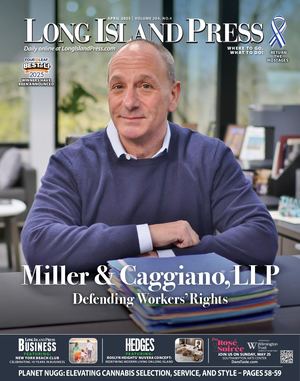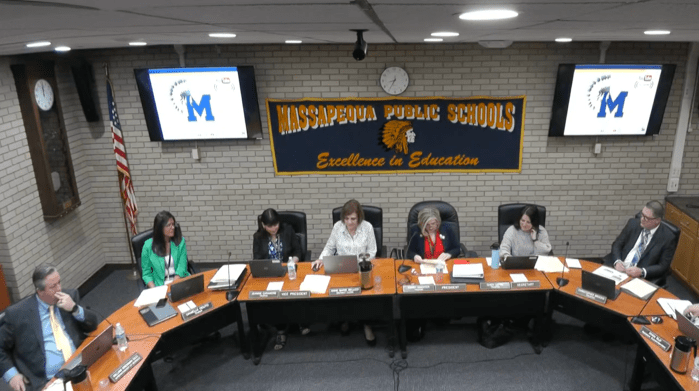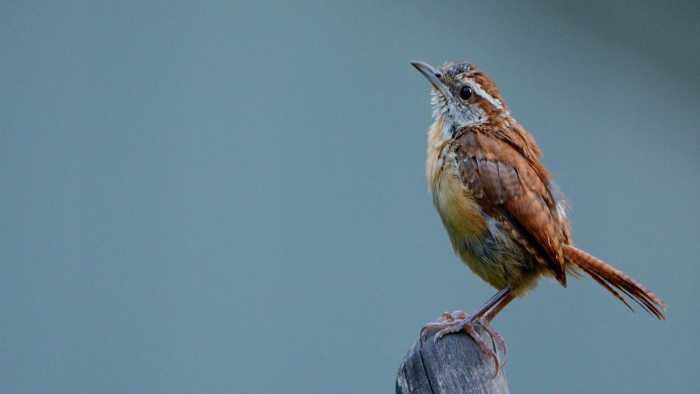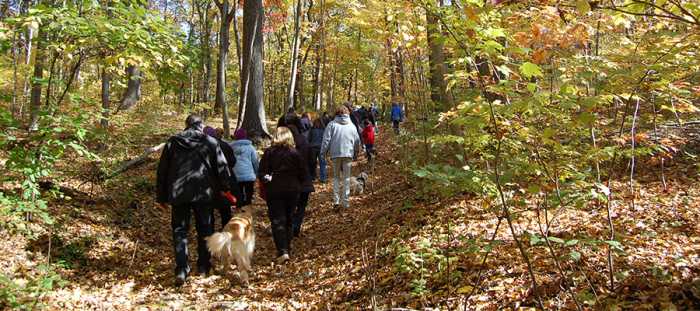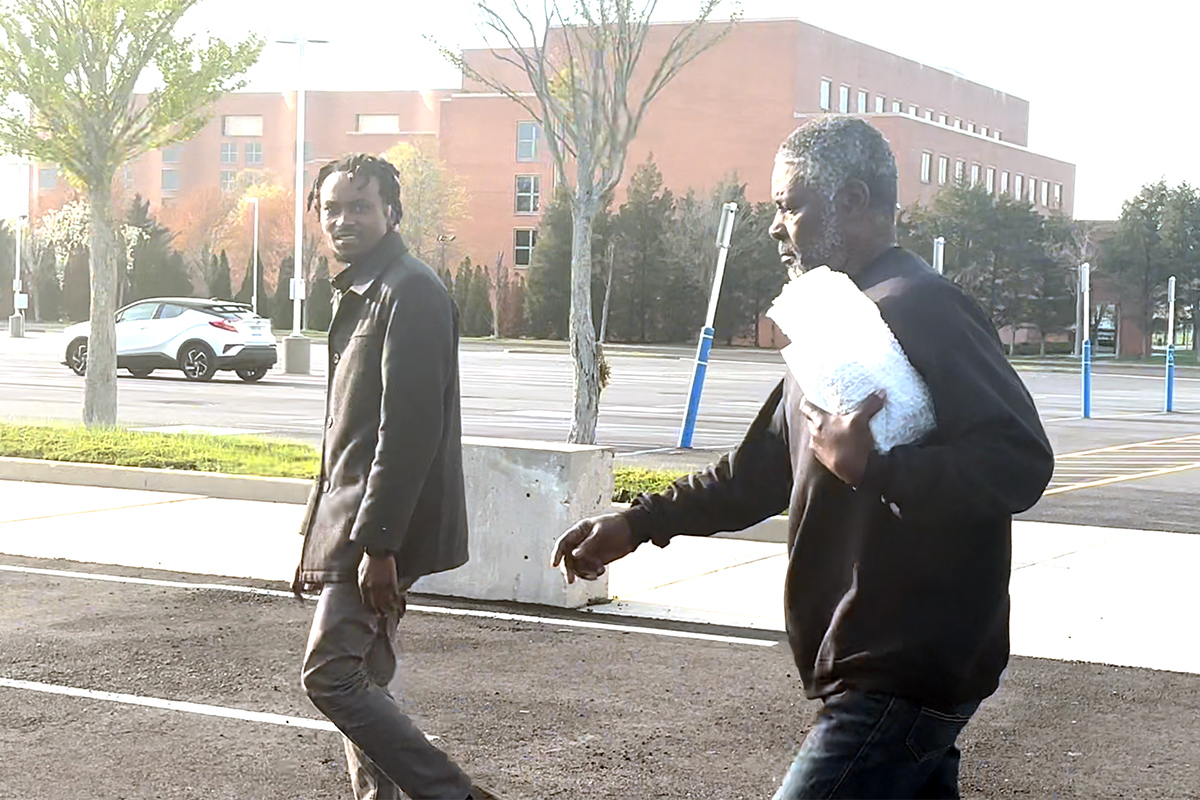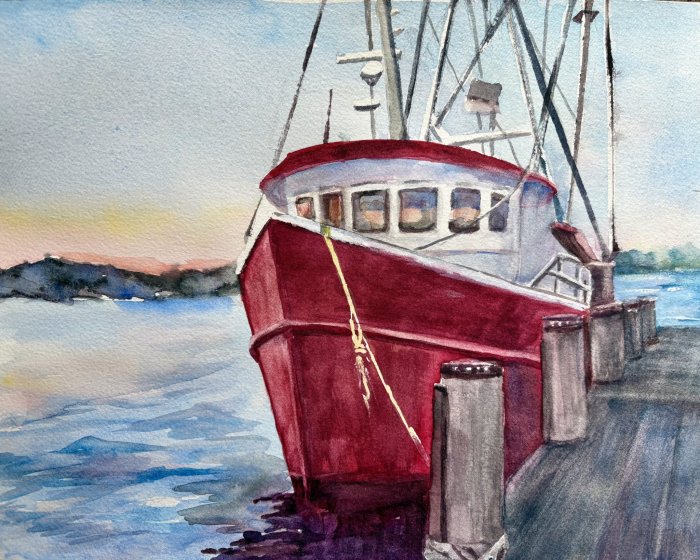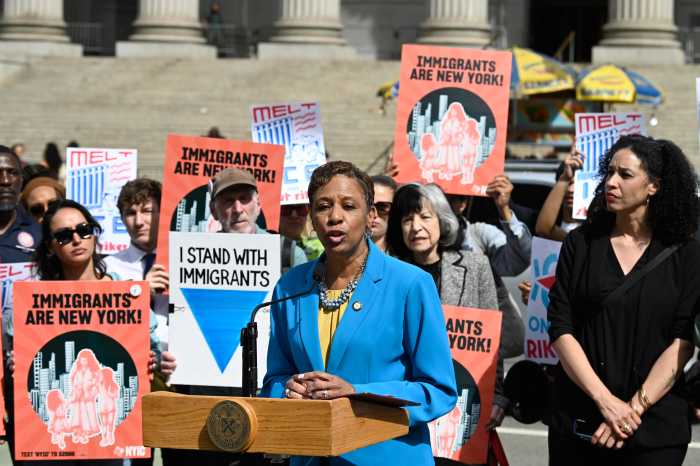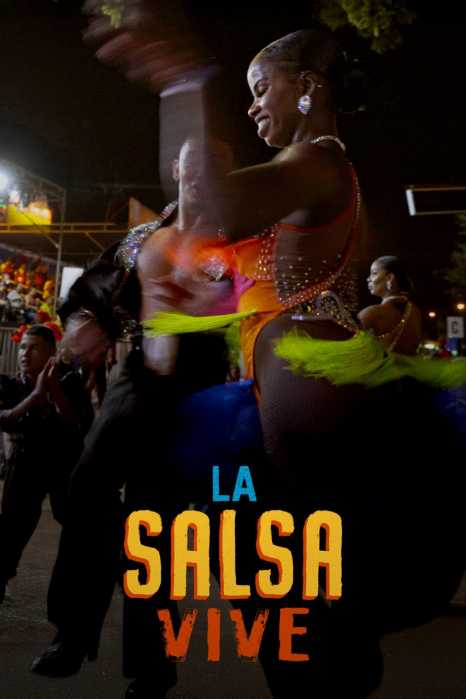Saratoga Associates Plan Will Help All Nassau County Preserves
In several of their meetings the East Norwich Civic Association has been discussing the Saratoga Associates master plan for all Nassau County preserves, using the Muttontown Preserve as the example. At their Feb. 24 meeting, President Matt Meng said the ENCA was sending a letter to SA that included seven suggestions for the plan.
He asked that a public notice be sent to various papers including Newsday; and that all previous attendees be emailed an invitation. He asked them to consider the impact of greater use of the preserve on the local East Norwich community in terms of the impact of litter, traffic, noise and lighting. He asked that the police be stationed at all Chelsea exits after functions and that they limit noise and light pollution during events. The letter asked for an increase in the pedestrian-only trails from the current 3 percent. He also asked that the document include “language” to allow it to be modified due to any unforeseen circumstances.
Mr. Meng said he has been monitoring SA to see when the next meeting will be held, but was told that they haven’t had their executive board check the document they are preparing for the public to view.
Remembering the Preserve
At the meeting, East Norwich resident Ron Milroy said 30 years ago the preserve was beautifully maintained. He said then there were barriers on the trails so the horses couldn’t go everywhere. There was also a duck preserve at the park. He commented at the meeting, that after the horses go through a trail it is a mud bath and you can’t walk on it. “It didn’t get into that awful condition without horses,” he said. [The preserve years ago had 10 Nassau County employees who were in charge of maintenance. During budget cuts starting with the Gulotta administration and on, that figure has gone down to one full-time and one part-time person.]
ENCA member Rosemary Colvin has been complaining about the way the preserve has not been maintained during several meetings. She said that evening that in the past, she worked with the Boy Scouts for three years pulling out vines to clear up the area.
Ms. Colvin said after the Blizzard in January 2011 with snow throughout the preserve it was a haven for cross country skiing. She said during those snowy weekends literally hundreds of cross country skiers used the Muttontown Preserve. “The parking lots were filled, and people were parking in the streets.” She said when horses use the trails, they break up the snow and the skiers can’t use them.
Ms. Colvin wants more dedicated pedestrian trails at the Muttontown Preserve. Currently Saratoga Associates said, 100 percent of the trails are open for pedestrians. Of them, 97 percent are shared with horsemen. Only 3 percent are for pedestrians only, as per the original deed stipulation.
The issues as Ms. Colvin sees it are the horse waste products and the divots created by the equine access. She see those issues as being inconsistent with people walking the trails. She said when she was there recently, she saw a school bus driver hand the children newspaper to wipe off their shoes before getting on the bus. The shoes were filthy from walking the trails with horse manure on the ground. “The trails are being over-utilized by the horses,” she said.
Ms. Colvin said, “I’m for dedicated trails.”
Mr. Milroy commented that the horses come up behind you quickly and it is a shock to see them.
Ms. Colvin said that walkers and joggers are not safe, happy and clean on trails that are shared with horses.
“I’m not for putting the horsemen out of the park,” but she said there was a confrontation on Sunday, Jan. 30 between a cross country skier and a man on horseback. “It was a perfect day for cross country skiing and Muttontown Lane was filled with cars all the way to Vernon Avenue. Cross country people had turned out. I skiied for a while and then went home for my camera.”
In relation to the cross county skiing at the Muttontown Preserve, Ralph Fumante, chair of the Nassau County Open Space Preservation Advisory Board (OSPAB) said, “Notice that at Planting Fields Arboretum State Historic Park there is a sign saying ‘No Cross Country Skiing’ at the entrance to the parking lot. That is not true at the Muttontown Preserve, where cross country skiing is allowed. The gardens at Planting Fields are at a different level than at the Muttontown Preserve – and there are no horses there. You can’t make every property do everything.”
When asked about cross country skiing, Anne Winters, Theodore Roosevelt Sanctuary & Audubon Center outreach coordinator said recently, “You can come up on snowshoes, but it’s too icy for cross country skiing. We haven’t really had anyone do that. The trails are so short and in cross country skiing, they want to go out for a while. They can use Caumsett Park.” So preserves in general do not provide all things for all people, but have many different things for many people.
Master Plan in the Works
Mr. Fumante said the money for the planning work being done by Saratoga Associates came from two places, the first was the NC 2006 Environmental bond. He said, “Like any of the properties we are purchasing, planning is part of accepting responsibility for it.”
Mr. Fumante said, “In 2003, NC OSPAB made a recommendation to the county to start an open space fund even before the bond was on the table. When the county sells property 5 percent of the land sales goes into the fund. It comes from little slivers of land that aren’t on the tax roles and the county can’t use. They are small odd lots of 10 feet by 100 feet that usually goes to the adjoining property. So when the county sells something like the Grumman property, instead of all the money going into the general fund, 5 percent of it goes into the Open Space Preservation Fund as a way to accumulate money without going to the taxpayers. It gives the county a bit of a buffer.”
Mr. Fumante said, “There are a lot of us that look to see how we can preserve these lands. There is not a lot left. The interested groups include the NSLA, NC Land Trust; the town; and local people, even New York State. When our grandchildren go to the preserves, they will still see what you see.
“What we want to do is lock-in what is there today so that it is there tomorrow. I like preserves that show what happens in nature, like Shu Swamp. Fifteen minutes in and you are in a different place. Someone has to be aware of the need for preservation,” said Mr. Fumante.
Even more importantly, he said, “There is a need for the preserve plan the SA is generating since it will be used as a blueprint for all of the county preserves.” He said, “They need a strategy to care for their 5,000 acres of land. “It is a very responsible thing that they are doing.
“We can disagree on the details,” he said amiably.
Recreation Vs. Nature
Ms. Colvin summed up her statements saying, when she went to cross country ski at the MP, she could see the difference in how it was maintained. “They used to plow the parking lot. You could put on your skiis and walk to the entrance of the trails. Now people had to lean on the fence to put their skiis on. People had to make their own way. No care was being taken of it at all,” she said.
Ms. Colvin said, “My position is you can’t share the trails with hikers and horses. What about the fact that the president of the Muttontown Horseman’s Association took the SA people on a tour on horseback of the preserve. Isn’t that telling?”
Ms. Colvin is uncomfortable with sharing the preserve with horses, and the county answer is that there are many places people can hike today. The horseback riders have had their access to traditional trails cut back. At one time a horseback rider could go from Old Westbury to Cold Spring Harbor. As estates were subdivided, owners were not as willing to allow the horses access to their property, and closed many of the trails that existed before.
Ms. Colvin said, “Those horses are not nature it is recreation. Golfers pay a fortune to go golfing. Kids pay a fee for swimming. The horse people don’t pay and we are going to build them a parking lot. Why are horses better than people? Everyone’s recreation should be treated equally.”
